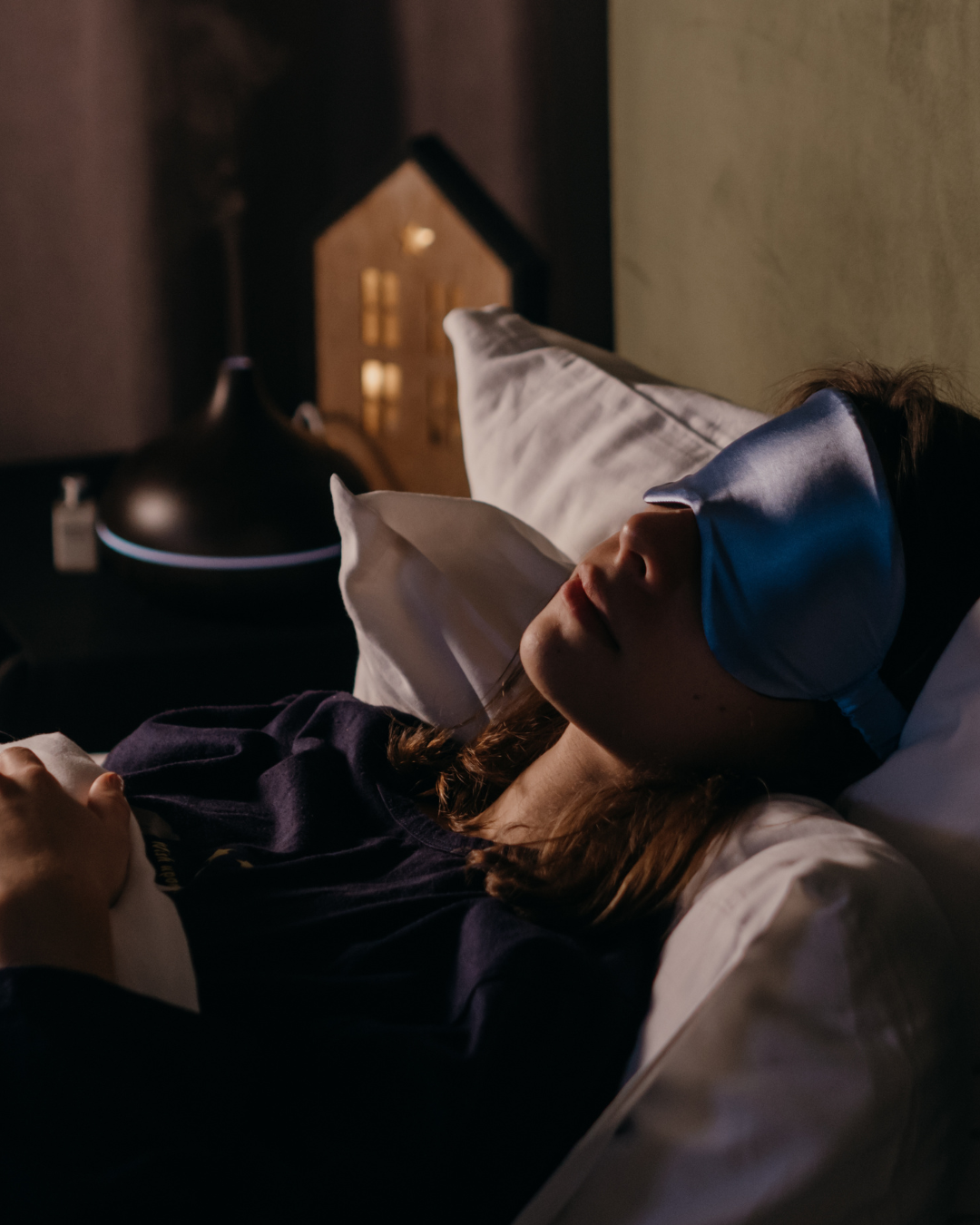
Sleep and Joint Pain: A Menopausal Woman's Guide to Better Rest
InfinitreeEditor.Jo
Sleep and Joint Pain: A Menopausal Woman's Guide to Better Rest
"I used to sleep like a baby," recalls Linda, a 52-year-old Vancouver resident. "But when menopause hit, everything changed. Between night sweats and joint pain, getting a good night's rest became my biggest challenge." Linda's story echoes the experiences of countless women across North America who find themselves caught in a frustrating cycle of menopause symptoms and disrupted sleep.
The Midnight Dilemma
For many menopausal women, nighttime becomes a battlefield. You might find yourself tossing and turning, trying to find a comfortable position that doesn't aggravate your joints. The problem? Poor sleep intensifies joint pain, and joint pain makes it harder to sleep – creating a seemingly endless cycle.
Recent studies show that:
- 61% of menopausal women report sleep disruptions
- Joint pain is one of the top three complaints affecting sleep quality
- Sleep deprivation can increase joint sensitivity by up to 40%
Understanding the Connection
During menopause, your body undergoes significant hormonal changes that affect both sleep patterns and joint health. Estrogen levels decline, which can:
- Decrease joint lubrication
- Reduce pain threshold
- Affect sleep-regulating hormones
- Increase inflammation
Add to this the unique challenges of Canadian weather changes, and you have a perfect storm affecting your sleep quality and joint comfort.
Creating Your Sleep Sanctuary

Temperature Control
- Keep bedroom temperature between 18-20°C (65-68°F)
- Layer bedding for easy adjustment
- Consider cooling pillows or mattress toppers
Support Systems
- Invest in a supportive mattress (replace every 7-8 years)
- Use pillows strategically for joint support
- Try memory foam or latex for pressure point relief
Environmental Factors
- Block out light with blackout curtains
- Reduce noise with white noise machines
- Maintain optimal humidity (30-50%)
Your Ideal Bedtime Routine

2 Hours Before Bed
- Light stretching for joint mobility
- Warm bath or shower (helps with joint stiffness)
- Avoid screens and stimulating activities
1 Hour Before Bed
- Gentle relaxation exercises
- Temperature adjustment
- Light reading or calming music
30 Minutes Before Bed
- Joint-friendly positioning
- Deep breathing exercises
- Final comfort adjustments
Practical Solutions for Better Sleep
1. Movement Matters
- Engage in low-impact exercise during the day
- Practice gentle evening stretches
- Avoid vigorous activity close to bedtime
2. Nutrition Navigation
- Limit caffeine after 2 PM
- Avoid heavy meals before bed
- Stay hydrated throughout the day (but taper off before bedtime)
3. Pain Management
- Use heat therapy for stiff joints
- Try compression garments designed for night use
- Consider timing of pain medication with healthcare provider's guidance
4. Stress Management
- Practice mindfulness or meditation
- Keep a sleep diary
- Develop a consistent sleep schedule
Seasonal Considerations for Canadian Climate
Winter
- Use extra blankets for warmth without overheating
- Consider a humidifier to prevent joint stiffness
- Layer clothing for temperature regulation
Summer
- Use cooling materials for bedding
- Manage air conditioning to prevent joint stiffness
- Stay active despite temperature changes
When to Seek Help
Monitor your symptoms and consult healthcare providers if you experience:
- Persistent insomnia
- Severe joint pain
- Depression or anxiety
- Extreme fatigue
Success Stories
Linda found her solution through a combination of approaches: "I created a strict bedtime routine, adjusted my bedroom temperature, and started using supportive pillows. Within weeks, I noticed a significant improvement in both my sleep quality and morning joint stiffness."
Your Action Plan
- Start with Sleep Environment
- Assess your bedroom setup
- Make necessary adjustments to temperature and lighting
- Invest in supportive bedding
- Establish Routine
- Set consistent sleep and wake times
- Create a pre-bedtime ritual
- Stick to your routine even on weekends
- Monitor and Adjust
- Keep a sleep diary for 2 weeks
- Note patterns in joint pain and sleep quality
- Adjust strategies based on what works
Moving Forward
Remember, improving sleep quality isn't just about getting through the night – it's about enhancing your overall quality of life. Better sleep leads to:
- Reduced joint pain
- Improved mood
- Enhanced daily function
- Better stress management
Ready to Take Action?
Start your journey to better sleep tonight. Visit here to discover how our products can support your joint health
Disclaimer: This information is for educational purposes only. Always consult with your healthcare provider before making changes to your sleep routine or pain management approach.









